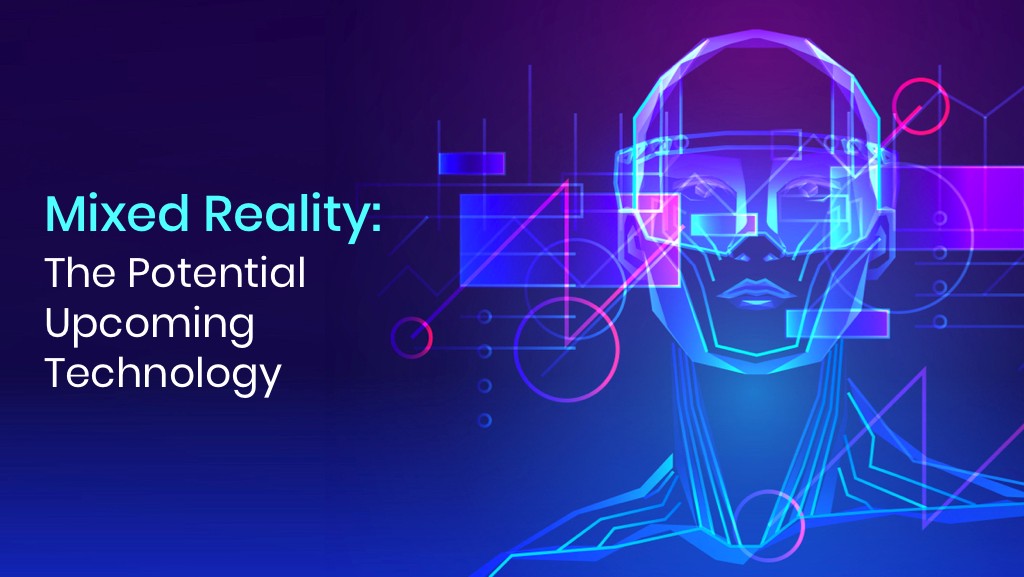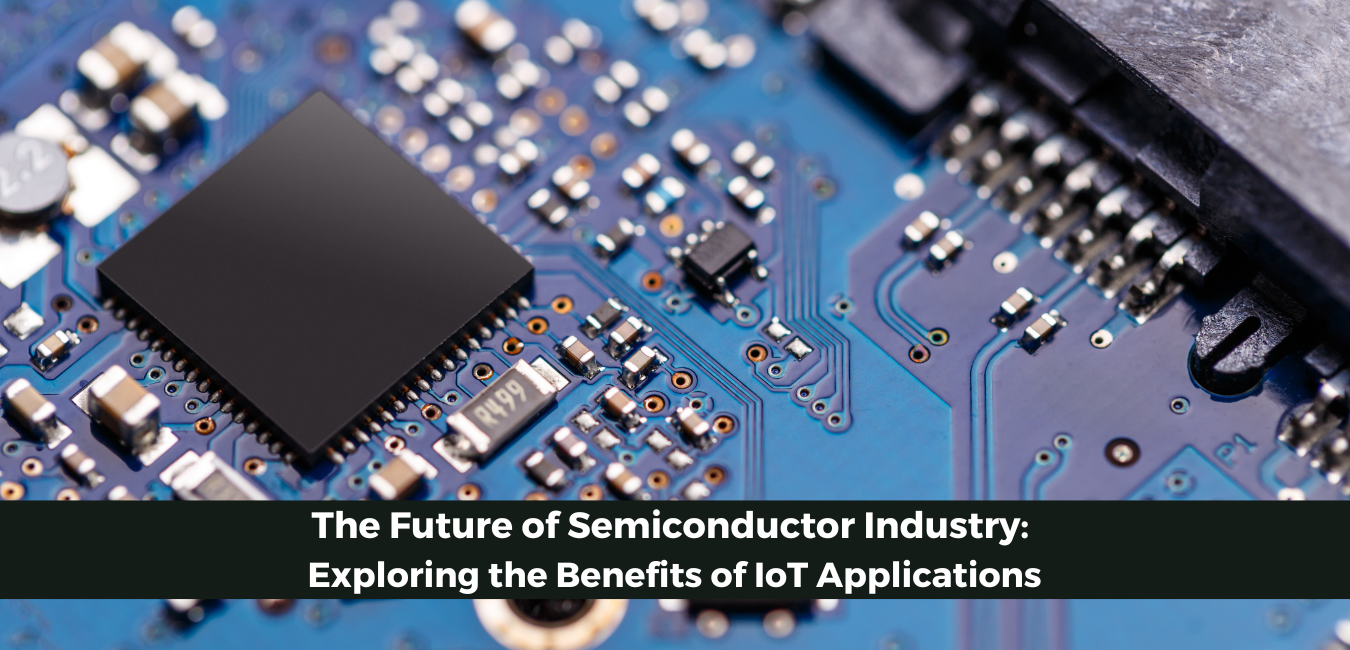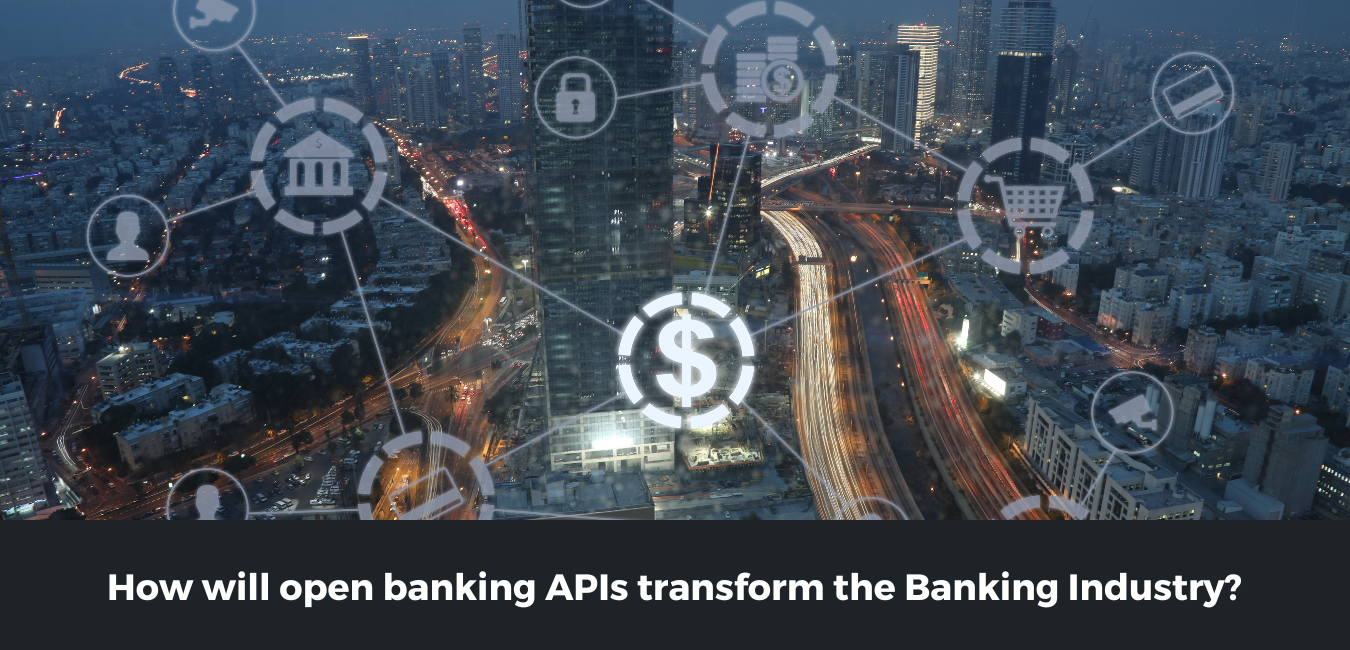Mixed Reality: A Revolution in the World of Technology

“We currently live in a very digital world. Nearly 4 billion individuals use smartphones daily all around the world. The number of mobile users continues to rise, with companies like Facebook making it a priority to provide internet access to people all over the world.”
Mobile phones were not a daily need for most individuals just over two decades ago. Technology advances at a breakneck pace, and it's not unreasonable to expect modern life and technology to look drastically different in twenty to thirty years.
Immersive experience mediums such as Virtual Reality (VR) and Augmented Reality (AR) are rapidly gaining traction, influencing where technology will go next. Whereas VR and AR are primarily informational and absorbed through displays, the next wave of immersive experiences will be more experiential.
Rather than bringing more of the physical world into our digital screens, mixed reality technology is poised to take digital data and place it in our actual environment.
What is Mixed Reality?
Following mainframes, PCs, and cellphones, mixed reality is the next wave in computing. Consumers and businesses are increasingly adopting mixed reality. It frees us from screen-based engagements by allowing us to interact with data in our living places, amid our belongings, and with our friends. Hundreds of millions of people across the world have used their mobile devices to experience mixed reality. On social media nowadays, mobile AR offers the most mainstream mixed reality options. People may be unaware that the Instagram AR filters they employ are Mixed Reality experiences.
With a combination of really stunning holographic representations of humans, high fidelity holographic 3D models, and the real environment around them, Microsoft Mixed Reality will elevate all of these user experiences to the next level.
Mixed Reality is a combination of the physical and digital worlds that allows for natural and intuitive 3D interactions between humans, computers, and the environment. Computer vision, graphical processing, display technologies, input methods, and cloud computing have all contributed to this new reality. "A Taxonomy of Mixed Reality Visual Displays," a 1994 article by Paul Milgram and Fumio Kishino, coined the term "Mixed Reality." Their paper looked at the concept of a virtuality continuum as well as visual display taxonomy. Since then, Mixed Reality applications have expanded beyond monitors to include:
- Understanding the environment: spatial mapping and anchors
- Hand-tracking, eye-tracking, and vocal input are all examples of human comprehension.
- A spatial sound.
- In both physical and virtual spaces, locations and positioning are important.
- In mixed reality environments, collaboration on 3D content is possible.
Environmental input and perception
The interaction between humans and computers has evolved over the years as input techniques have improved. Human-computer interaction, or HCI, is a new discipline that evolved. Keyboards, mice, touch, pen, voice, and Kinect bone tracking are now all acceptable forms of human input.
New computer perceptions of environments based on enhanced input methods are being created as sensors and processing power improve. This is why Windows APIs that reveal ambient data are referred to as perception APIs. Environmental inputs can be used to capture the following:
- in the physical world, a person's body posture (head tracking)
- borders, surfaces, and things (spatial mapping and scene understanding)
- physical places, ambient illumination, and sound object recognition
The following three important aspects work together to create authentic Mixed Reality experiences:
- The cloud is used to fuel computer processes.
- Methods of advanced input
- Perceptions of the environment
Our movements are mapped in a digital reality while we travel through the physical world. Mixed reality experiences in the digital world, such as games or task-based assistance in a manufacturing plant, are influenced by physical boundaries. Experiences begin to combine physical and digital realities as a result of environmental input and perceptions.
Mixed Reality in the real world
The future of Mixed Reality is both feasible and boundless, as seen by the possibilities and consequences of its continued evolution.
While we can only speculate on where MR will lead us next, the benefits and applications it has today and in the future in a variety of industries are astounding:
Healthcare
Mixed Reality simulations are already assisting medical students in better understanding their patients, particularly those who are deaf or blind. The way these patients experience the real world is recreated using MR technology, resulting in increased empathy and understanding from medical professionals.
Doctors, particularly surgeons, can learn complex surgeries and design cutting-edge methods. They may run scenarios in the operating room and mimic the same conditions, allowing them to plan and forecast results.
First responders can also use MR to better prepare for work scenarios in a safe and risk-free manner, allowing them to be better prepared for these stressful situations. MR can also assist PTSD sufferers by allowing them to experience regulated exposure in a safe setting at their own pace.
Education
One of the most successful learning and teaching strategies is experiential education. Students can interact with what they're studying in ways they've never been able to before thanks to Mixed Reality. Students will be able to study not simply through visual, audio, or traditional ways, but through genuine experiences that promote deeper, immersive learning.
In the future, Mixed Reality could be used to build on Virtual Reality's work of immersing individuals in diverse cultures and raising awareness of issues in a way that fosters more empathy. Through Mixed Reality, people will be able to learn about various cultures, social, political, and economic issues in a near-first-hand experience.
Gaming
In gaming, Mixed Reality has a lot of potentials, as it may provide an experience that merges the dramatic and stunning worlds of video games with the real world. It can gamify fitness in the same way that Augmented Reality did with the Pokemon Go phenomenon.
People will be compelled to physically walk to access digital content and experience it hands-free, rather than simply looking at screens on portable devices if digital aspects are incorporated in the physical world.
Retail and Businesses
When businesses adopt Mixed Reality technologies, they open up a world of possibilities. Companies are now utilizing VR and AR to their full potential, such as giving customers augmented reality maps to help them better understand and navigate their stores.
Stores may use MR to provide customers with unparalleled information as they travel down the aisles, enabling them to make informed and confident selections without the need for assistance. They can also try out a product or service before making a purchase.
Major Market Highlights:
- With the debut of the first MR headset, Microsoft has made important contributions to the growth of the MR sector. Furthermore, Microsoft unveiled a new headgear from Samsung in 2017, adding to its network of MR device manufacturers, which includes HP, Acer, Lenovo, and Dell. Microsoft purchased Flipgrid, a popular video discussion platform used by more than 20 million teachers and students across the world, in 2018. With this acquisition, the corporation expands its efforts to use technology to appeal to kids and teachers.
- Google introduced new augmented reality (AR) and Google Lens addons in their search engine in January 2019. The new Google search capabilities superimpose information and material into a real environment using a combination of augmented reality, machine vision, and a camera. Through its existing product line, the company is raising demand for augmented reality business; such activities are enhancing the company's product range and providing new business and growth opportunities.
Conclusion: The Future of Mixed reality
Imagine being able to try on items before purchasing them online, or seeing if a wallpaper will look well in your space before installing it, or having virtual labels placed throughout your home to remind you where you left your keys.
Apple, Google, Intel, and Microsoft are already investing heavily in the development of Mixed Reality technologies. Many MR technologies have been patented by Apple, with Samsung and Facebook getting in on the ground floor. Magic Leap's MR application of beaming light directly into the retina has generated a lot of attention and enthusiasm.
Mixed Reality's future could mean that we'll only need one gadget to replace our screens. This will open up new opportunities for content creation as well as consumption. Mixed Reality, like past major technical upheavals that have altered our current way of life, will spur the creation of new sectors and jobs.
Our natural world and strong digital information will collide in the future, thanks to Mixed Reality. In a few years, it will have matured to the point that it will be almost imperceptible to the user, integrating flawlessly into the human experience.








